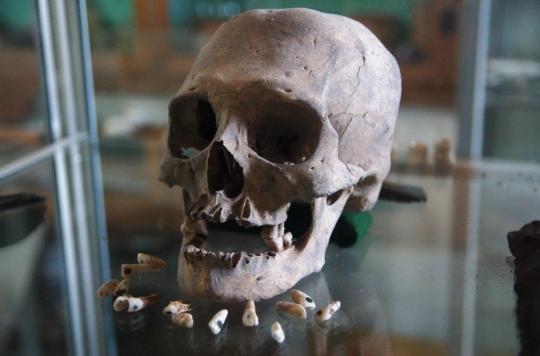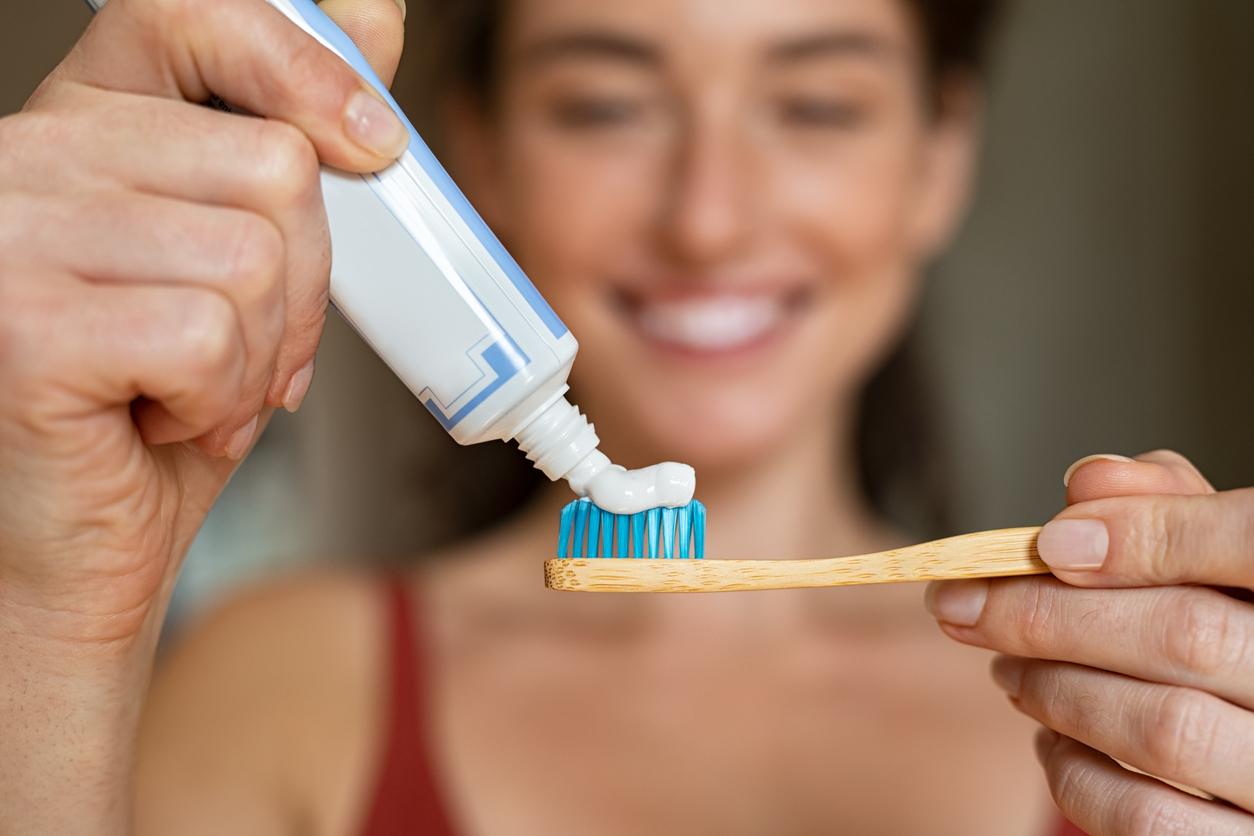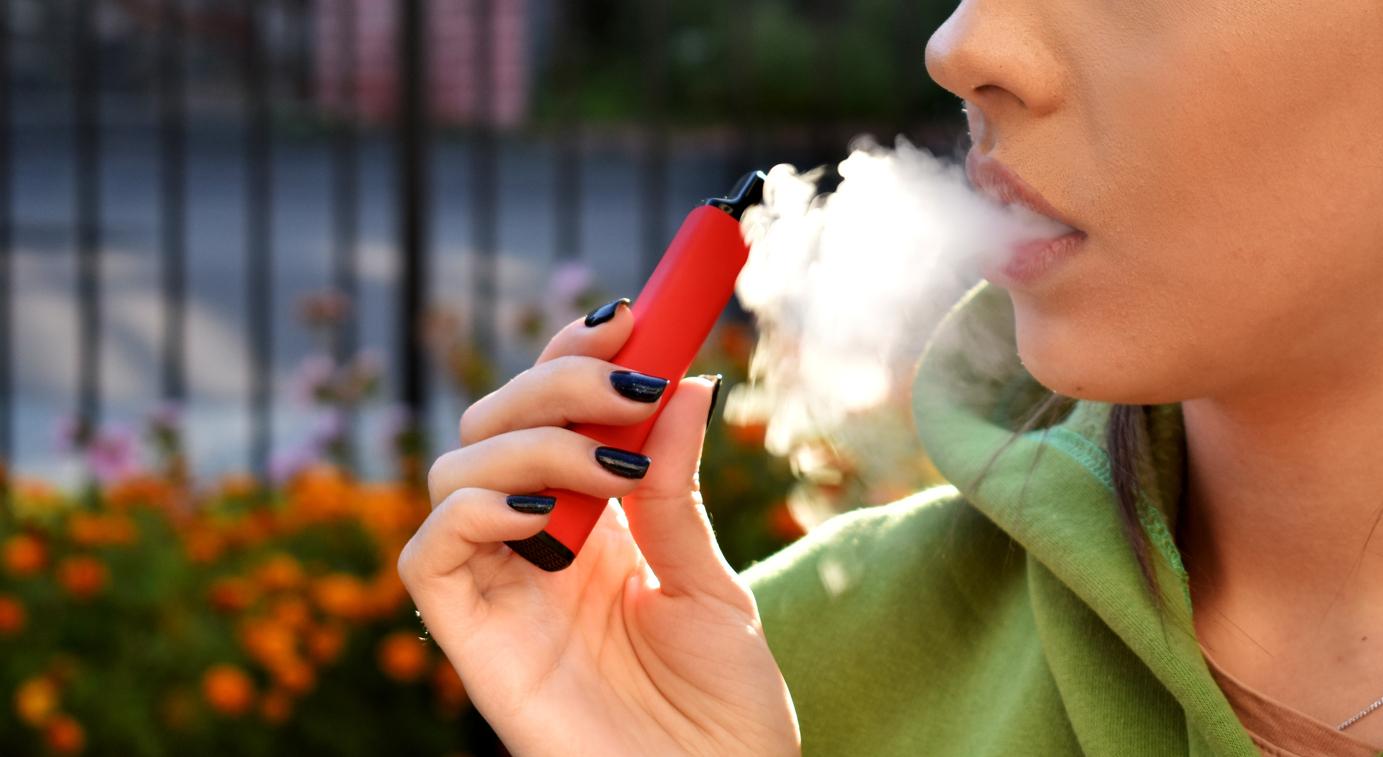A Mayan dental cement made it possible to fix precious stones in the teeth and to avoid cavities thanks to these anti-infection properties.

- Researchers have discovered the virtues of the dental cement used by the Mayans to fix precious stones in the teeth
- This practice not only served as ornaments but could also help fight infections and dental problems.
It is a very sophisticated and remarkably durable dental practice: for ritual or cultural reasons, the Maya set precious stones, such as jades and turquoises, inside cavities drilled into the tooth, as evidenced by numerous skeletons .
Beyond the aesthetic aspect, this practice had virtues for oral health, in particular thanks to the nature of the cement used for these inlays, according to a study published in the journal Journal of Archaeological Science.
Anti-bacterial and anti-inflammatory properties
After analyzing eight teeth from three Classic Period Maya archaeological sites in Guatemala, Belize and Honduras, researchers found that its composition – pine tar, sclareolide, a plant compound found for example in tobacco, and essential oils from plants of the mint family – had antibacterial and anti-inflammatory properties.
This incredibly adhesive “cement” has also allowed gemstones to stay in place for over a thousand years.
Perfect oral hygiene
Previous research had already highlighted the perfect oral hygiene of this Amerindian civilization during the so-called classic period between 250 BC and 900 AD.
They used to file the teeth and pull out damaged teeth in men, women, rich or poor, given the large number of deceased concerned.
Indeed, the Mayans believed that their breath was a link with the divine, so to purify it, many people filed, cut and polished their teeth, some even decorating them with precious stones as part of a rite of passage to adulthood.
In Sciencestudy co-author Vera Tiesler, a bioarchaeologist at the Autonomous University of Yucatán cites the example of Janaab’ Pakal, the Mayan king of Palenque, who died in 612 BC, at the age 80 years old, with almost all his teeth and no signs of decay on those that remained – a tribute to the remarkable dental skills of his people.















